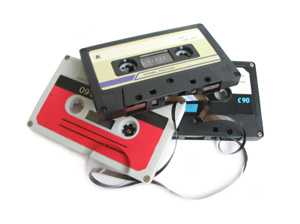Lesson 6: The 80s
Lesson 6: The 80s

Lesson 6: The 80s
The 80s

Technology again shaped pop music during the 1980s. Musical instruments such as the synthesizer and drum machines became more common. In addition, with the growing accessibility of personal computers and samplers, musicians and aspiring musicians were able to create a wider range of sounds much more easily than they had been able to in the past. With the early personal computers, individuals were able to create and store digital sounds, as well as combine those sounds with others within a piece of music.
Another major change in the 1980s was the advent of the music video. In 1981, MTV began broadcasting music videos. This gave higher visibility to those groups and artists who had a visual presence. In some cases, this visual presence then translated into higher sales and greater popularity for the groups and artists who created music videos for their songs. Artists such as Madonna, Peter Gabriel, Michael Jackson, and Prince were aided by their music videos and presence on MTV, gaining greater popularity and recognition by the general public. Boosted by the music video, Michael Jackson, for example, sold about 40 million copies of his album Thriller in 1982. The influence of the videos went beyond the music itself. Many youth during the 1980s copied the fashions and styles that they saw from artists like Michael Jackson and Madonna on MTV and in their music videos. Record companies also increasingly tied music to popular films.
While pop musicians were involved with social issues through live concerts such as Live Aid, pop music continued to be dominated by songs about love and relationships. Popular artists of the decade, such as Whitney Houston, Janet Jackson, George Michael, and those already mentioned above, often focused on love, relationships, and other related topics. The lyrics were also often set to a dance beat. In the tradition of the Beatles, a number of artists, including Billy Joel and Paul Simon, continued to write their own songs.